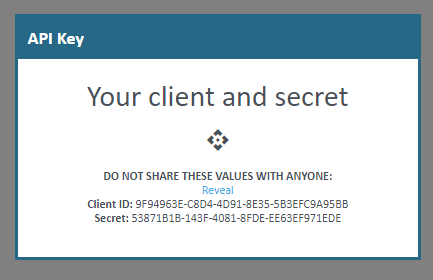Streamlined Processes
API integration allows businesses to streamline their processes by automating tasks that would otherwise require manual effort. By integrating their systems with other businesses' APIs, companies can reduce the amount of time and resources required to complete certain tasks, such as data entry or payment processing. This can result in a more efficient and cost-effective operation for both parties involved.
Improved Customer Experience
API integration can also improve the customer experience by making it easier for customers to interact with businesses. For example, by integrating with a payment gateway API, businesses can provide customers with a seamless checkout process, reducing the likelihood of abandoned carts. By offering a more streamlined and user-friendly experience, businesses can increase customer satisfaction and loyalty.
Increased Revenue Opportunities
API integration can also create new revenue opportunities for businesses. By integrating their systems with other businesses' APIs, companies can access new markets and customers. This can result in increased sales and revenue for both parties involved. For example, a hotel booking website can integrate with an airline's API to offer customers bundled packages, resulting in increased sales for both businesses.
Enhanced Data Insights
API integration can also provide businesses with enhanced data insights. By integrating their systems with other businesses' APIs, companies can access new data sets and analyze customer behavior across multiple platforms. This can help businesses identify new opportunities for growth and optimization, resulting in increased revenue and profitability.
Improved Agility and Flexibility
API integration can also provide businesses with increased agility and flexibility. By integrating their systems with other businesses' APIs, companies can quickly adapt to changes in the market and respond to customer needs. This can help businesses stay competitive and relevant in a rapidly changing business environment.
In conclusion, API integration can generate a win-win outcome for both parties involved. By streamlining processes, improving the customer experience, creating new revenue opportunities, providing enhanced data insights, and improving agility and flexibility, businesses can benefit from API integration in many ways. By embracing this technology and integrating with other businesses' APIs, companies can stay ahead of the curve and achieve long-term success.
Allow API
In order to allow a user to make API calls an Administrator of the Registered Company needs to check the API Enabled checkbox on the User Edit screen. Go to the Admin Menu and Edit the User which requires API access.
Controller Access
API Users will only have access to their assigned Role's allowed Controllers.
Client and Secret
Once you have enabled the user to utilize the API, the User will have an additional box on their profile screen only available to them, that will reveal the Client and Secret required to Authenticate with the API

Token
In order to get a valid token you need to authenticate with the API on the "token" Endpoint and passing in the credentials as in the image below.
You will receive an object with details relevant to your login as well as a Token which will be required on all API calls.
Take note of the expiry date of the token, which will require a new token should the integration require longer time.

Add the token to all future API calls:

Swagger
Our API can be viewed in Swagger style here: Octo Forms Swagger
Consuming the API
As an example we have created a basic form with Products.
Get the API Templates

Get the template forms

Add a new Form

ISV
Register your initegration here: Register Integration
To view other integrations and where it would be listed see: Integrations















